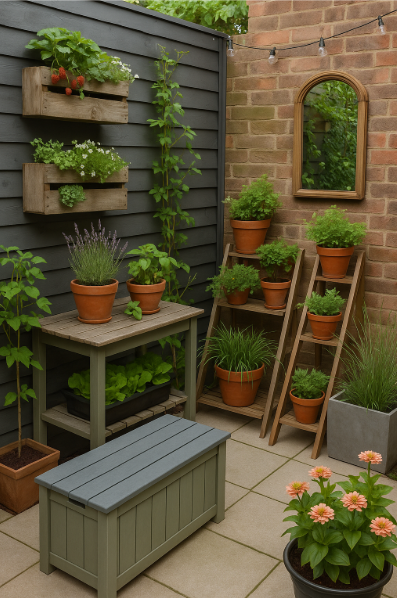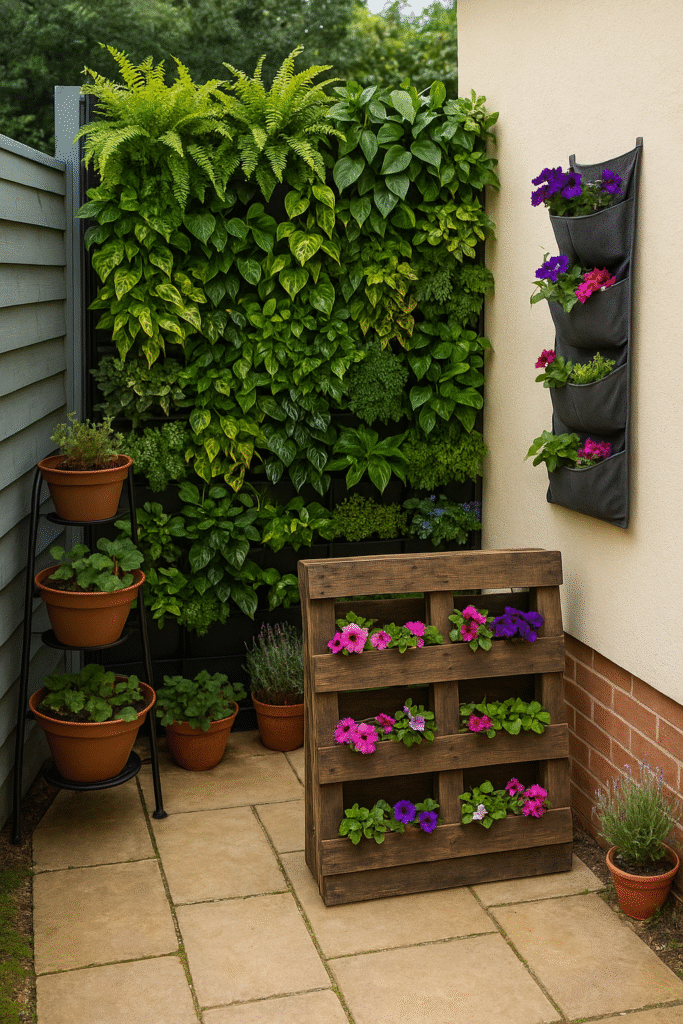Kitchen Sink Water Pressure Got You Down? Here’s How to Turn It Up
Ever twist that faucet expecting a strong splash, and instead…
Ever twist that faucet expecting a strong splash, and instead get a wimpy trickle barely enough to rinse a coffee cup? It’s frustrating — but don’t sweat it. Low water pressure at your kitchen sink isn’t uncommon, and the fixes are usually easier than you’d think (and cheaper than calling your cousin’s plumber friend).
Let’s dig into the possible causes and how you can restore that refreshing rush of water — no plumber’s license required.
🔍 Why Does Kitchen Sink Water Pressure Drop?
1. Dirty Aerator – The Sneaky Pressure Thief
That small mesh piece at the end of your faucet? It’s called the aerator, and it can easily become clogged with minerals or debris, especially if you have hard water.
🛠️ How to fix it: Gently twist it off with pliers (use a cloth to protect the finish), soak it in vinegar to dissolve buildup, rinse it off, and screw it back on. Simple and satisfying.
2. Gunky Cartridge – The Silent Trouble-Maker
Inside many faucets is a cartridge that regulates flow and temperature. Over time, sediment can jam it up, reducing water output.
🛠️ How to fix it: Shut off the water valves beneath the sink, disassemble the faucet, and remove the cartridge. Clean it if possible — or replace it if it’s too far gone.
3. Supply Line Obstruction – The Hidden Blockade
Sometimes it’s not the faucet at all, but the water lines leading to it that are causing the slowdown.
🛠️ How to fix it: Disconnect the supply hoses and flush them out. If water trickles out instead of gushing, you may need to replace aging or corroded lines.
4. Shut-Off Valves Partially Closed
Those knobs under your sink might not be fully open. It happens more often than you’d think — especially after plumbing repairs.
🛠️ How to fix it: Make sure both hot and cold shut-off valves are turned completely counterclockwise.
5. Pipe Leaks – Pressure’s Worst Enemy
A leak anywhere in the plumbing can sap your sink’s pressure, often without obvious signs.
🛠️ How to fix it: Inspect under your sink and around plumbing for dampness or mold. If something seems off, don’t hesitate to call a professional before it gets worse.
💬 From My Kitchen to Yours: My Low-Pressure Story
True story: I once blamed my dishwasher for weeks before discovering a gunked-up aerator was the real issue. I cleaned it out, and boom — full pressure, back in action. Now it’s part of my regular kitchen maintenance.
Lesson learned? Don’t overthink it. Most low-pressure problems are fixable in under 30 minutes.
🧰 Quick Prevention Tips for Healthy Water Flow
- Use a vinegar soak to clean your aerator quarterly
- Install a water softener to fight mineral buildup
- Don’t ignore early signs of slowing pressure
- Run hot and cold water separately to diagnose the issue faster
Pressure Problems, Solved
Low water pressure at the kitchen sink might feel like a plumbing mystery, but it’s usually more Scooby-Doo than Sherlock Holmes. A little maintenance and know-how go a long way. So grab that wrench, put on your DIY face, and show your sink who’s boss.
low water pressure, kitchen sink problems, faucet water pressure fix, clogged aerator, DIY plumbing tips, how to fix kitchen faucet, weak water flow, kitchen plumbing repair, restore water pressure, home maintenance tips





